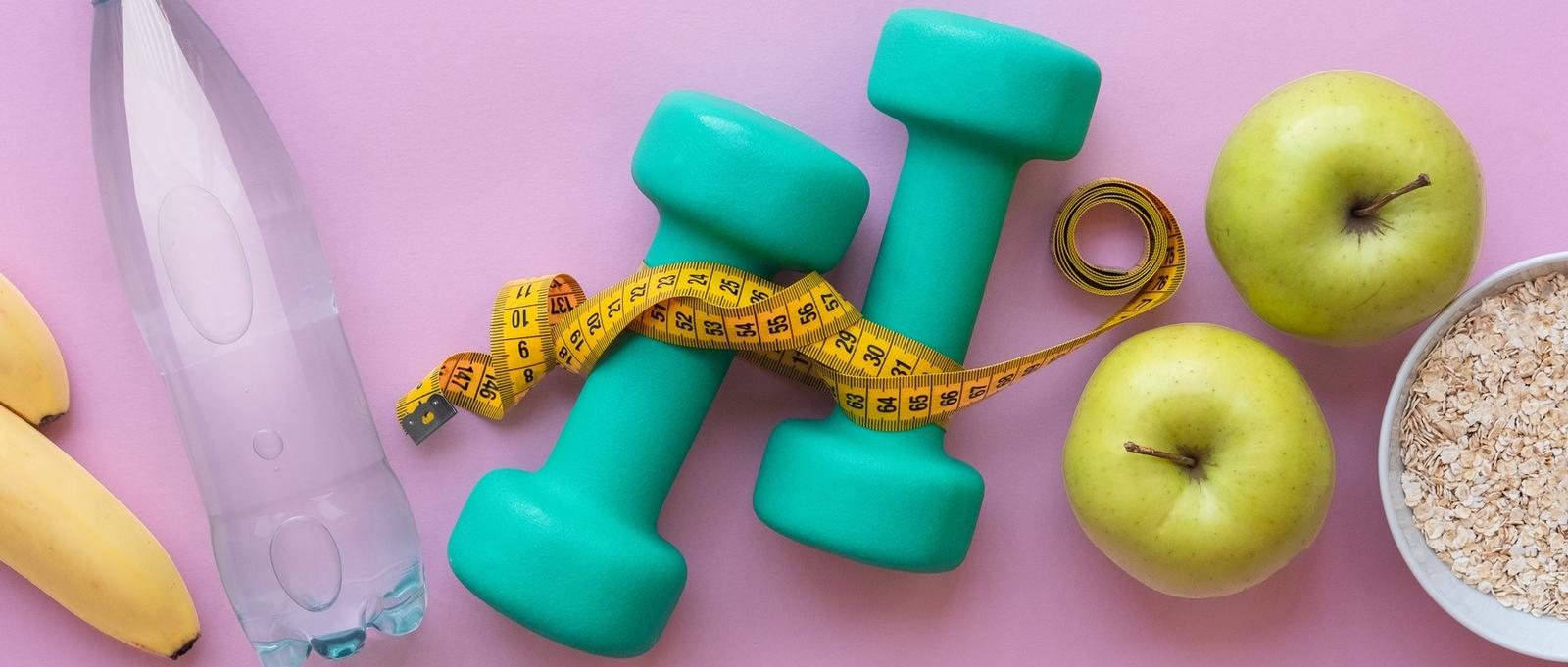
What can you do to help prevent arthritis?
Peer reviewed by Dr Colin Tidy, MRCGPLast updated by Victoria RawLast updated 26 Nov 2025
Meets Patient’s editorial guidelines
- DownloadDownload
- Share
- Language
- Discussion
Arthritis can affect young and old people, but your best chances of avoiding arthritis is when you are healthy, mobile, and pain-free. There's no sure way to prevent arthritis, but you do have some control over your joint health.
In this article:
Continue reading below
What causes arthritis?
Arthritis simply means inflammation and pain in one or more of your joints - the areas connecting two bones that allow you to move various parts of your body. There are more than 100 types of arthritis and related conditions, each with their own root causes and contributing factors.
These are some common forms of arthritis:
Osteoarthritis (OA) - a degenerative joint disease that causes painful and stiff joints - wear and tear.
Rheumatoid arthritis (RA) - an autoimmune disease that causes joint pain and inflammation which damages your joints over time.
Gout - having too much uric acid in your bloodstream causes periodic attacks of joint pain and swelling.
Septic arthritis - an infection in a joint that causes redness, heat, swelling, pain and tenderness - often this can be accompanied by a fever. This would always need to be seen by a doctor straightaway.
Can you prevent arthritis?
There is no sure way to prevent arthritis. However, you can lead a lifestyle that reduces your chances of developing the condition and delays the onset of certain types of arthritis.
Arthritis can't always be avoided, because some higher likelihoods are not modifiable - there isn't anything you can do about them.
For example, you can't change your genetic profile:
Women have a higher chance of developing the condition.
Having a family history of the condition means you are more prone to getting it.
Continue reading below
Healthy lifestyle habits to help prevent arthritis
Arthritis prevention focuses on what you can control - the habits and behaviours in your day-to-day life that you can change to reduce your odds, or delay the onset, of this condition.
If you have healthy joints now, take good care of them and help protect against future pain and immobility by following these joint-friendly rules.
Maintain a healthy weight
Osteoarthritis (OA) generally develops in people over 50 years of age. However, obesity is the main preventable contributor to OA that can cause people of younger age to experience the arthritis symptoms of joint pain and stiffness. This is because carrying excess body weight places extra pressure and stress on your joints. At the same time, an increase in fat cells promotes inflammation.
Exercise regularly
Regular exercise is a common treatment for types of arthritis, including rheumatoid arthritis (RA). Low-impact exercise limits wear and tear while helping to keep your joints strong, as well as the bones and muscles surrounding and supporting them.
Follow a healthy diet
The benefits of a healthy diet are almost endless, but one form of arthritis that diet plays a particularly important role in is gout. This condition is caused by an excess of uric acid in your bloodstream, and what you eat can contribute to this.
Food rich in purines - such as offal, game, and marmite - as well as sweetened foods and drinks can all produce a lot of uric acid.
As a rule, eating a variation of the main food groups, getting most of your sugar from fruits, and limiting highly processed foods is a great way to protect your joints, general health, and prevent arthritis.
Quit smoking
Smoking is the most significant lifestyle change you can make to reduce your chance of developing RA. This is a form of arthritis that causes inflammation in your joints because your immune system mistakenly attacks your own healthy tissues. Smoking triggers inflammation and may also cause your body to make anti-CCP antibodies - a protein specific to the development of RA.
Limit alcohol
Alongside certain foods, alcohol can also raise your uric acid levels and trigger a gout attack. Alcohol stimulates the production of this chemical in your liver, and beer in particular contains large quantities of purines, contributing further to uric acid production. One study confirmed that regular beer drinkers had a greater likelihood of getting gout compared to those who drink equivalent amounts of wine and spirits.
Protect against sports injuries
Although sports injuries are accidental, warming up before playing and wearing proper safety equipment - such as supportive footwear and knee pads - could help prevent arthritis caused by joint damage. One of the main causes of OA in people under 50 years is prior sports joint injuries such as ACL (anterior cruciate ligament) and meniscus tears in the knee.
Patient picks for Arthritis

Bones, joints and muscles
What foods are good for arthritis?
What we eat can help to relieve the symptoms of many health conditions, including arthritis. Although there is no miracle diet for arthritis, certain foods can help fight inflammation and support your joint health, such as fatty fish, fruit, vegetables, and nuts.
by Lynn Stephen

Bones, joints and muscles
Best exercises for your joints
You may have concerns about the impact exercise has on your joints, especially if you already have joint pain or stiffness. However, regular physical activity can be helpful in protecting healthy joints and even for relieving joint pain in some cases. The key is to choose exercises that are low-impact, improve flexibility, and build up the muscles around the joints. Here we chat to fitness expert, Laura Williams, about what the best exercises are for your joints.
by Heather Ainsworth
Continue reading below
Article history
The information on this page is peer reviewed by qualified clinicians.
Next review due: 26 Nov 2028
26 Nov 2025 | Latest version
15 Nov 2022 | Originally published
Authored by:
Amberley Davis

Ask, share, connect.
Browse discussions, ask questions, and share experiences across hundreds of health topics.

Feeling unwell?
Assess your symptoms online for free
Sign up to the Patient newsletter
Your weekly dose of clear, trustworthy health advice - written to help you feel informed, confident and in control.
By subscribing you accept our Privacy Policy. You can unsubscribe at any time. We never sell your data.